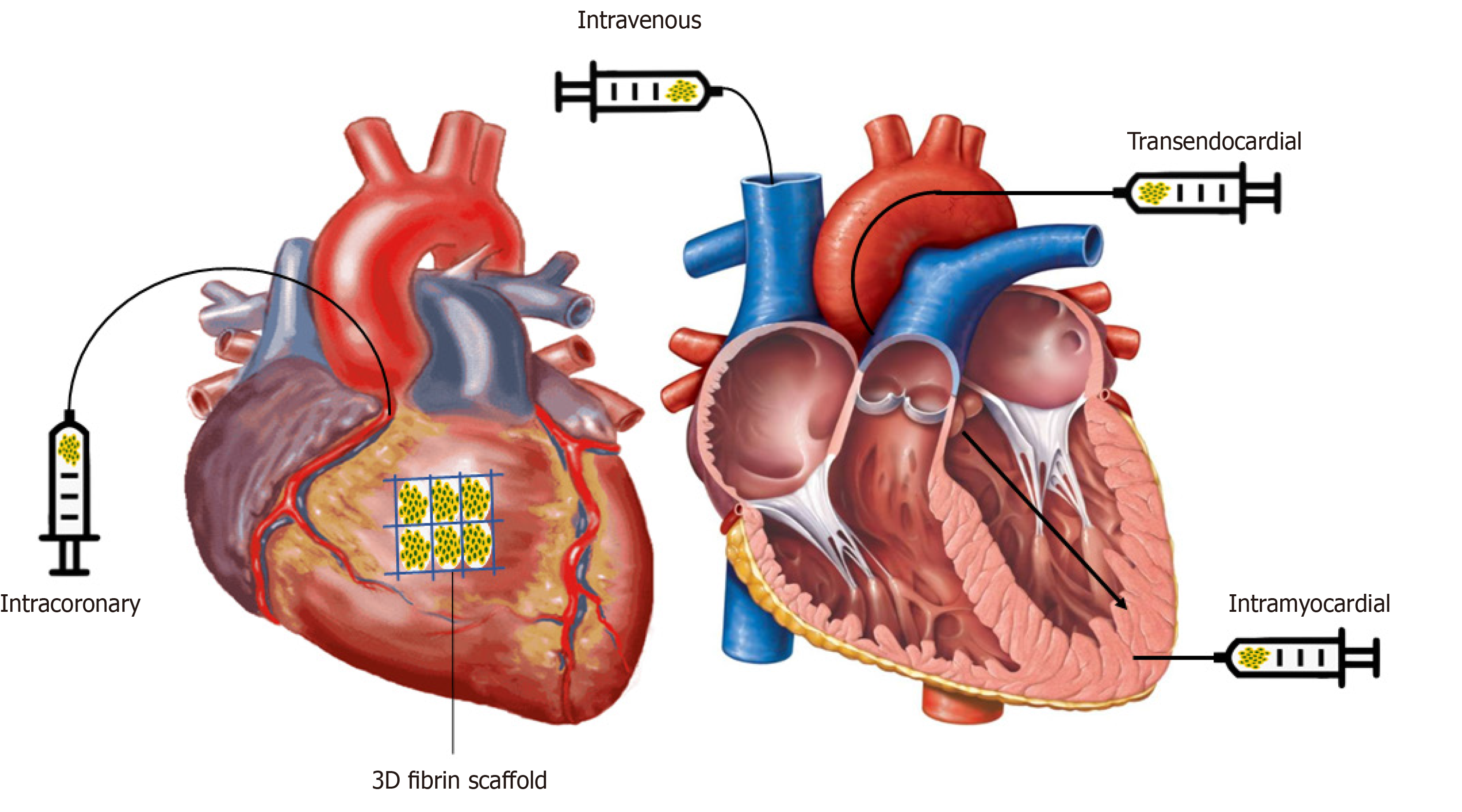Table of Contents
The authors note obstacles that remain, consisting of enhancing the engraftment success and cell survival. Because the ISCI and Miller Institution are leaders around, the authors also worry the demand to standardize definitions and outcomes measures in the field. "The Hare Lab remains at the forefront of pioneering brand-new treatments in this important medical domain.
Now we are exploring exactly how to harness such stem cells to help people recover their very own damaged hearts."The research study is guided by the Cedars-Sinai Heart Institute, with the cooperation of the Johns Hopkins University, where Dr. Marbn functioned prior to signing up with Cedars-Sinai in 2007. The 24 patients taking part in the study have hearts that were damaged and scarred by heart attacks.

It takes about four weeks for the cells to increase to numbers adequate for therapeutic use, about 10 to 25 million. In the third and last action, the now-multiplied stem cells are reintroduced into the client's coronary arteries during a second catheter procedure. All people in the research study had to have knowledgeable cardiac arrest within 4 weeks prior to signing up in the study project.
Later this summer season, it is prepared for that 12 even more individuals will undertake procedures to receive 25 million stem cells, while six extra individuals will be monitored as controls. The first individual, Kenneth Milles, a 39-year-old controller for a small building and construction business in the San Fernando Valley, experienced a heart attack on May 10 as a result of a 99 percent blockage in the left former descending artery, a significant artery of the heart.
The process to grow the cardiac-derived stem cells associated with the research study was created by Marbn when he got on the faculty of Johns Hopkins College. The university has actually applied for a patent on that particular copyright, and has accredited it to a firm in which Dr. Marbn has a monetary passion.

All financing was derived from the National Institutes of Health And Wellness, the Donald W. Reynolds Foundation and Cedars-Sinai Medical. Marbn holds The Mark Siegel Family Members Structure Endowed Chair and Supervisor of the Heart Institute.
Where to get stem cell therapy focused on High Blood Pressure
Stem cell therapy for heart failure has actually arised as a brand-new method to treat and take care of the core of the disease.
Nevertheless, stem cell therapy can aid to minimize signs and improve the heart's pumping capacity. This treatment uses the capability of stem cells to self-regenerate and self-heal. Adhering to the admission of stem cell injections for coronary infarction, several systems enter play: Stem cells for heart failure promote the development of specialized cardiac muscle mass cells and regrow harmed tissue, improving the heart's pumping capacity.
These are types of grown-up stem cells that are obtained from bone marrow, fat tissue, and skin cells. These are the most common and well-researched types of stem cells.
These are gotten from embryos and have the pluripotent possibility to change right into any type of sort of cells, consisting of heart ones. The main issue with these cells is that, as they are extracted from embryos, they have several ethical and lawful limitations and are just made use of in specific circumstances. for the factors mentioned over.
Breaking down the use of stem cells for High Blood Pressure
These cells originate in the heart and are well-suited to cardiac repair work. Clinical Expert, Swiss Medica medical professional The application and treatment of stem cell therapy consists of 5 actions: Clients start with an online assessment with our clinical consultant and are then evaluated by a cardiologist, that will obtain the required clinical history, do blood tests, and request imaging studies to determine whether stem cell therapy for heart failing is a practical choice.
We provide stem cells via pain-free stem cell injections for coronary infarction. A very trained physician will inject processed stem cells right into the bloodstream; the entire procedure takes much less than an hour. After ending up the coronary infarction stem cell treatment procedures, our patients will certainly be monitored for any type of complications and outcomes.
Navigation
Latest Posts
Next-gen support for Peripheral Artery Disease now available
Inside look at stem cell therapy for High Blood Pressure
Are there supportive options for Atherosclerosis with regenerative medicine?